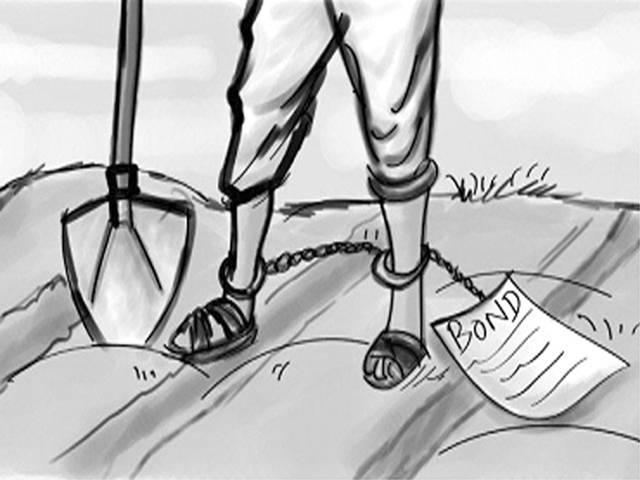“Almost all bonded labourers in South Asia… belong to a minority ethnic group or caste… It is crucial to understand that there remains a stratum of human beings in South Asia who are deemed exploitable and expendable by society at large.”
–Siddharth Kara, Expert on Slavery
A helpless soul was one day forced by circumstances to take a loan from someone who was better off. Little did he know that he and possibly his future generations would be financially tied with the lender. Bonded labour is when individuals are forced into work in order to pay off debts. It is considered as the modern form of slavery. Bonded labour has existed for hundreds of years and became popular after the abolition of slavery as a whole. Venerable individuals living below the poverty line are trapped in a life where they are exploited for the labour that they provide, usually by getting little to no pay and increased working hours, to the point that the value of their labour becomes more than the money borrowed.
Bonded labour persists mostly in Asia and specifically in India, Pakistan, Bangladesh and Afghanistan who have most of their victims working in the agricultural sector. In Pakistan particularly, although the Supreme Court declared bonded labour to be unconstitutional, there is little to no efficacy of the law implementing bodies and so the issue remains largely unchecked. Even though we as a global community have gone onto abolishing the basic form of slavery, some remnants still remain and are ignored by the majority. Bonded labour being the reasons for the halt in the success of generations who are otherwise stuck in a vicious cycle of poverty and spend most of their lives paying off debts is enough of a reason for us to immediately take an action.






